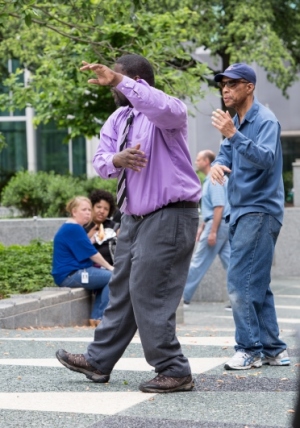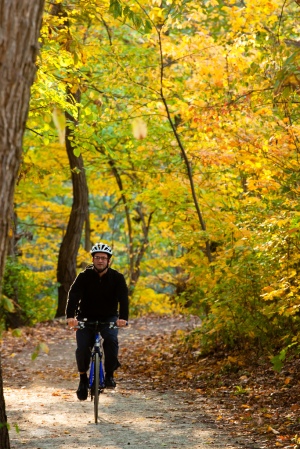Stifling humidity. 90 degree days. Not a rain cloud in sight.
Step in to the parks, feel the temperature drop. Spread out a blanket or unfold a lawn chair, kick off your shoes. During these dog days of summer, de-stress and cool down at free concerts in the parks.
Mellon Park
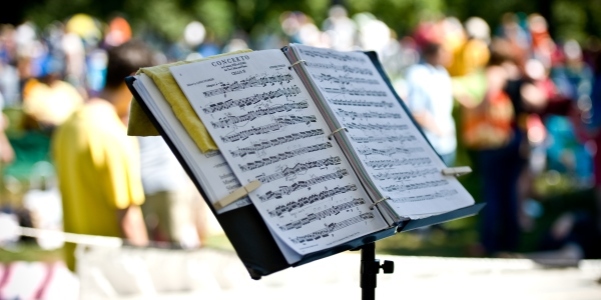
Sundays in Mellon Park are classy and classical. The popular Bach, Beethoven and Brunch series serves up some tasty live music with a side of brunch every week from 10:30am until noon, courtesy of Citiparks. Enter your entree in the “Best Brunch” competition, or take it easy and order up from the Bagel Factory food truck on site.
Find the Bach, Beethoven, and Brunch concert details here.
Highland Park
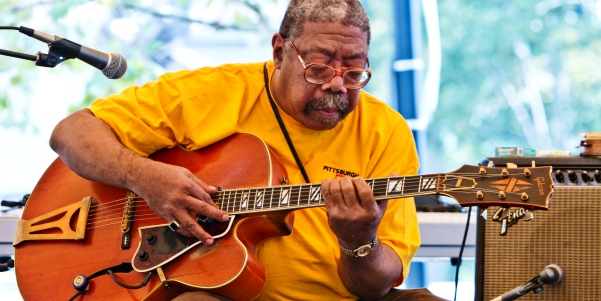
After a brunch-induced food coma, make your way over to Highland Park for a change in tune at the Reservoir of Jazz. Setting Pittsburgh’s local talent center stage, Reservoir of Jazz is the best way to close out the weekend. Keep your feet tapping (and really, your whole body moving) afterwards at Summer Soul Line Dancing immediately following the show.
Find the Reservoir of Jazz concert details here.
Riverview Park
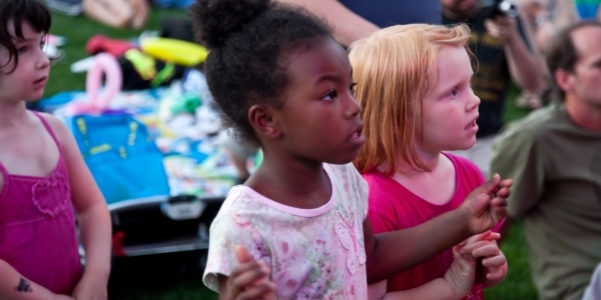
Elevated on Observatory Hill with the Allegheny Observatory and area jazz musicians, you’re a little closer to the stars at the Stars at Riverview concert series. Park your lawn chair for your fill of live music, then stick around for Cinema in the Park afterwards. Shows are every Saturday, now through the end of August.
Find the Stars at Riverview concert details here.
Mellon Square
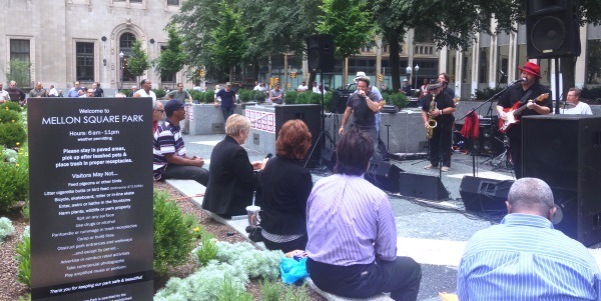
Need a break in the workday? Want to get some fresh air and out of the office? Grab a lunch and make a midday outing to Mellon Square for Wednesday Acoustic Music with Bobby V and Thursday Summer Concert Series.
Find the Mellon Square concert details here.
Schenley Plaza
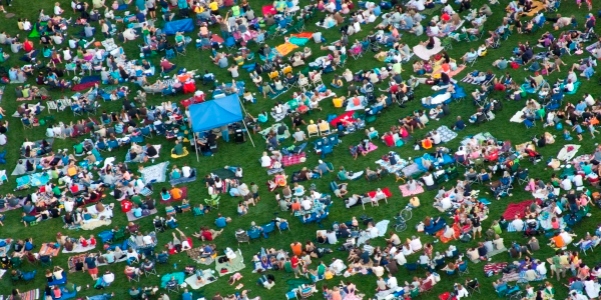
With its emerald lawn, delicious dining and central location, Schenley Plaza is a fantastic venue for concertgoers, impromptu musicians, and summer shows. The lawn fills up fast, so make sure to stake out your spot for the monthly WYEP Final Fridays, and don’t miss First Thursdays with Calliope.

